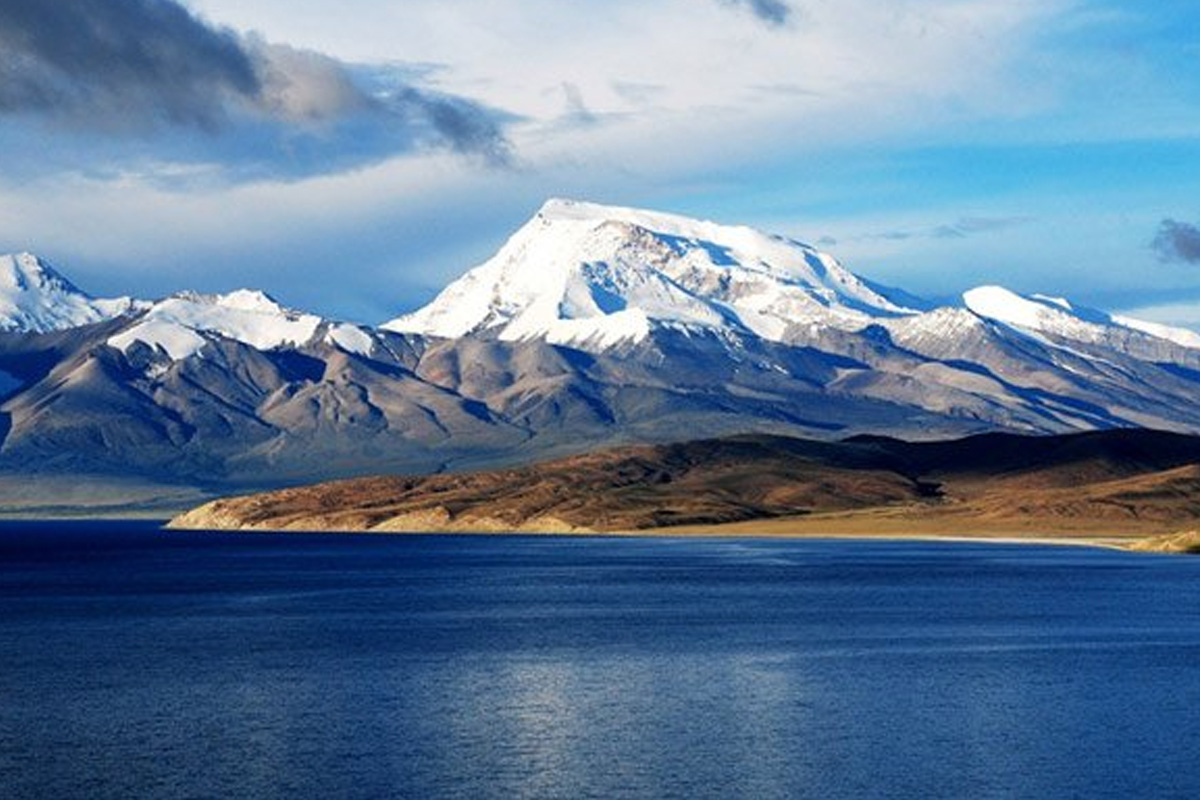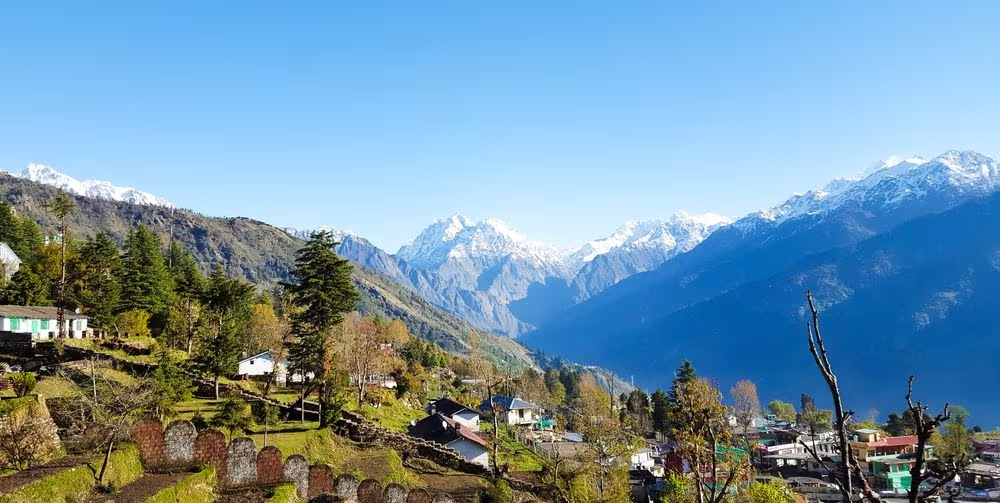
Kailash Mansarovar Yatra 2025
image taken by pinetools
1. Introduction – kailash-mansarovar-yatra-2025
- Overview of the Yatra’s return: After a five-year hiatus caused by COVID-19 and border tensions, the Kailash‑Mansarovar pilgrimage resumes June 30–August 25, 2025
- Significance: Sacred to Hindus, Buddhists, Jains, and Bon followers; a path to purification, penance, and moksha
- Diplomatic context: Revival symbolizes thawing India‑China ties post‑Galwan clash and pandemic
2. Historical & Spiritual Significance
- Mount Kailash (6,638 m) as Shiva’s abode, Lake Mansarovar (4,590 m) as cleansing waters
- Shared reverence: the nexus among four faiths.
- Importance of circumambulations (52 km Kora + Lake Parikrama).
- Scriptural references across Dharmic texts.
3. 2020–2025 Hiatus: Causes & Impact
- COVID lockdowns and border standoffs halted the pilgrimage in 2020
- Cultural and spiritual void during the absence.
- Political resolution through high‑level diplomacy in 2024–early 2025
4. 2025 Revival: Dates, Numbers, Routes
- Timeline: June 30 to Aug 25, 2025 kailash-mansarovar-yatra-2025
- Pilgrim counts: 750 selected pilgrims via computerized draw from 5,561—4,024 men and 1,537 women
- Batch structure: 15 batches (5 via Lipulekh; 10 via Nathula); 50 pilgrims each
- Routes:
- Lipulekh (Uttarakhand) – ~23 days; fully motorable
- Nathu La (Sikkim) – ~25 days; includes restricted motor travel
- Itinerary highlights:
- 3-day stopover in Delhi for medical, document checks
- Key transit points: Gunji, Dharchula, Kerung/Sherathang, Saga & Darchen
5. Eligibility, Application & Selection
- Who can apply: Indian citizens, aged 18–70 by Jan 1, 2025, BMI ≤ 25, fit and free from chronic disease
- Registration process via MEA portal (kmy.gov.in): photo, passport, health certificate, fee upload, application fee ₹5,000
- Selection: computer‑generated, gender‑balanced lottery
- Confirmation via SMS/mail; ₹5,000 token deposit; mandatory Delhi medical tests .
- Documents at departure: indemnity, consent, travel, medical clearances .
6. Costs & Government Support
- Lipulekh package ~₹1.74 lakh; Nathula ~₹2.83 lakh, includes permits, lodging, meals, local transport
- Underlying extras: GST, TCS, Tibet permit/Chinese visa, optional services like horses, choppers
- Private operators charge ₹2.05–3 lakh (overland package)
- UP government aid: ₹100,000 grant to resident pilgrims, applies per person once; benefits for families of deceased pilgrims
- State infrastructure: UP camps, batch group centers for comfort & management
7. Health, Altitude & Safety
- Altitude challenges: climbing from ~3,200 m to over 5,600 m at Dolma La requires stable acclimatization .
- Preventive measures:
- Gradual ascent, two-night stays in acclimatization zones (Kerung/Saga)
- Hydration (3–4 L/day), high-energy, low-fat meals; medication like Diamox; supplemental O₂
- Medical infrastructure: multi-step screening in Delhi & along route by ITBP and support teams
- Weather risks: harsh alpine cold, unstable summer weather, monsoon clouds in August; best season May–Sept
8. Logistics & On‑Route Experience
- Accommodation: mix of hotels, camps, guest houses at staging points
- Transport: motorable roads, 4×4 vehicles; minimal walking, Kora trek only
- Daily routines: wake‑up times, meals, rituals, treks; guide-led parikrama & lake dips .
- Cultural immersion: interactions with Tibetan/monastic communities; significance of Dirapuk & Zuthulphuk monasterie
9. Geopolitical & Cultural Impact
- The pilgrimage as grassroots diplomacy amid sensitive border relations
- India‑China engagement: LAC disengagement, reinstated patrols, diplomatic dialogue .
- Spiritual unity across faiths; pilgrim bonds and shared rituals.
- Local economic boost: tourism, support infrastructure and private-sector opportunities.
10. Preparations & Tips
- Physical training: cardio, leg strength, mild altitude acclimatization (hills).
- Packing: layered warm clothing, sunblock, water purification, medical kit.
- Mind & ritual prep: learning mantras, understanding austerities of Kora & lake dip.
- On‑route etiquette: respecting mountain/taboos, environmental care.

